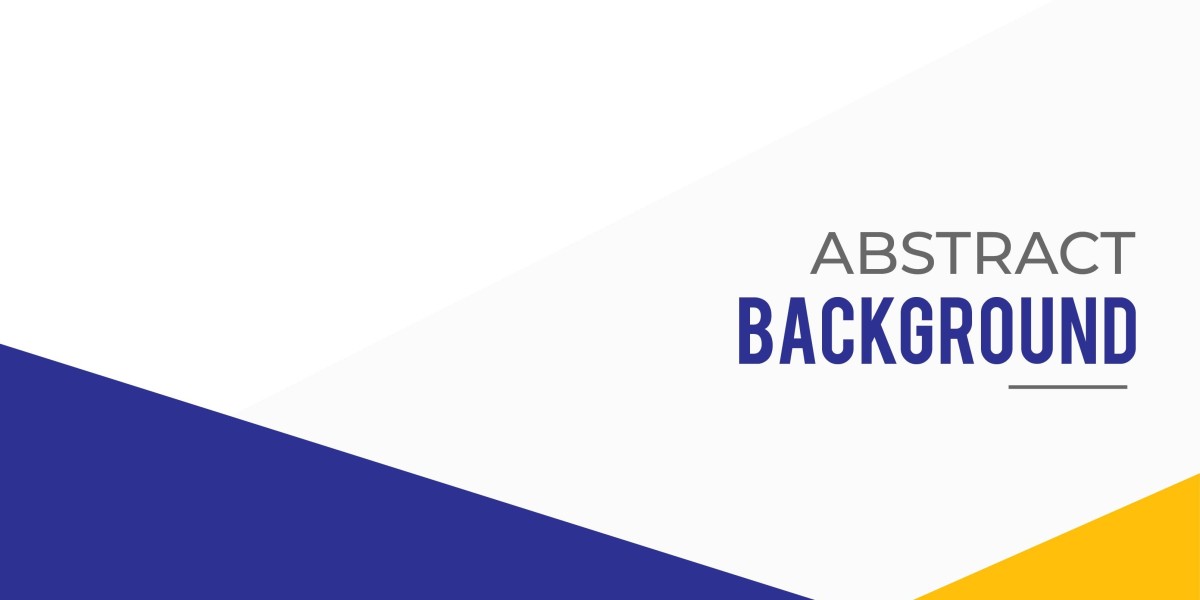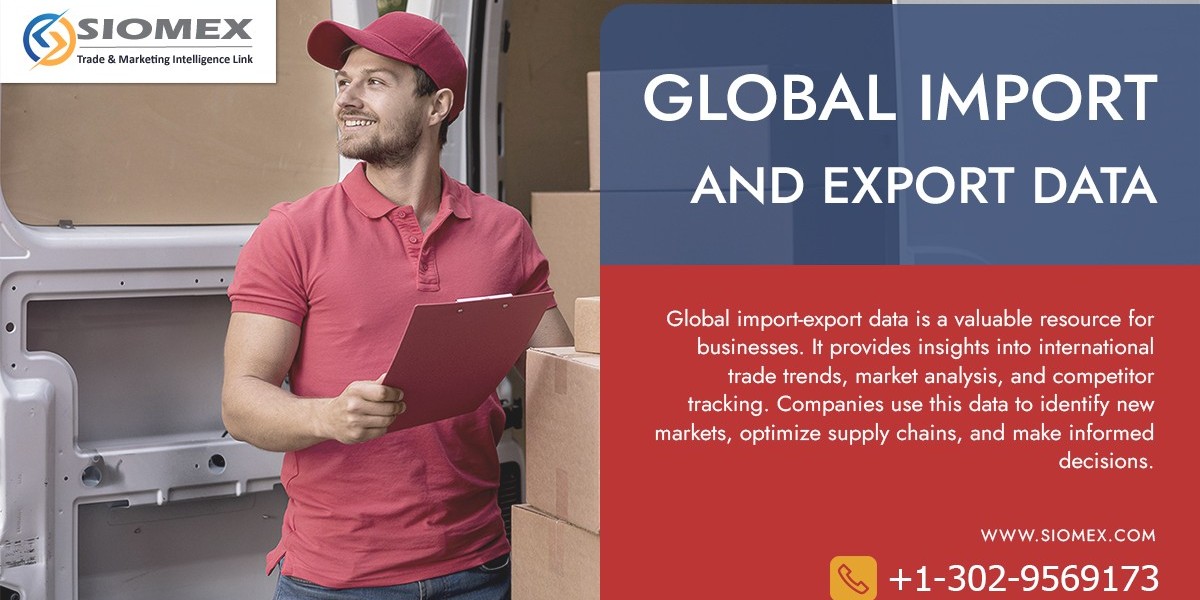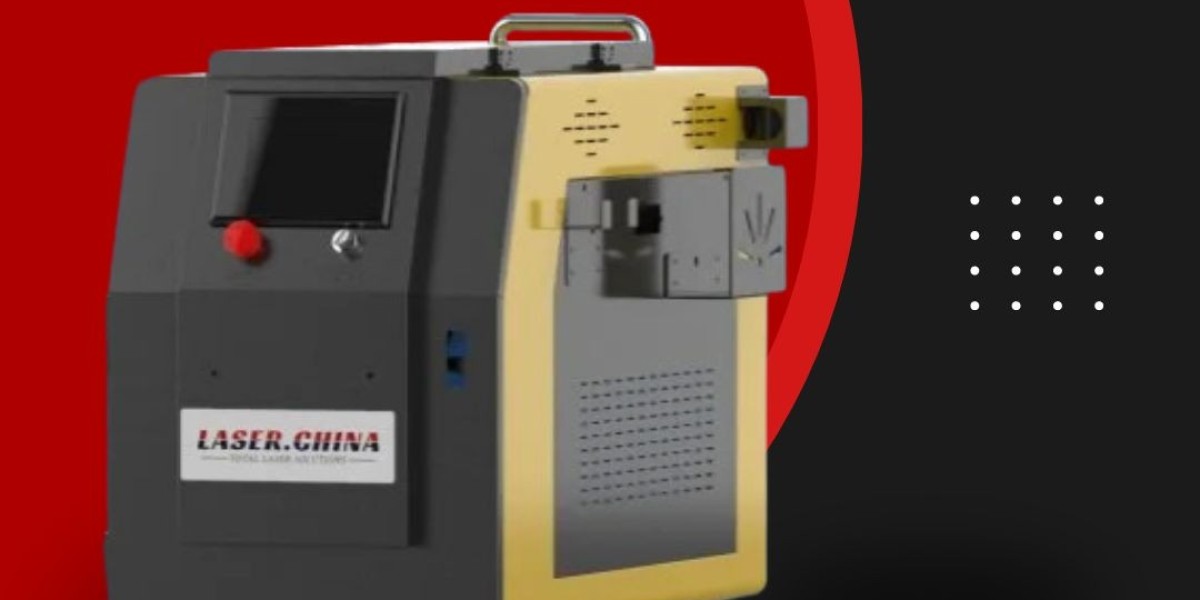Introduction
Blockchain technology has evolved from a niche innovation to a foundational tool for developers across industries. As decentralized applications, smart contracts, and token economies become increasingly common, developers are looking for robust, secure, and scalable blockchain platforms to build their projects. Whether you're creating a DeFi app, launching a digital asset, or developing enterprise solutions, choosing the right blockchain platform is critical.
In this blog, we will explore the top blockchain platforms for developers in 2025, highlighting their features, programming support, scalability, and ecosystem maturity.
1. Ethereum
Overview:
Ethereum remains the most popular and developer-friendly blockchain platform, known for pioneering smart contracts and decentralized applications.
Why Developers Choose Ethereum:
Supports Solidity and Vyper programming languages
Vast developer community and documentation
Access to Layer 2 scaling solutions (like Optimism, Arbitrum)
Extensive tooling including Truffle, Hardhat, and Remix
Use Cases:
DeFi apps, NFTs, DAOs, token creation, gaming
2. Solana
Overview:
Solana is known for its high-speed performance and low transaction fees, making it a top choice for developers focused on scalability.
Why Developers Choose Solana:
Fast throughput (65,000+ TPS)
Low gas fees
Rust and C-based programming
Vibrant ecosystem with strong investor backing
Use Cases:
High-performance DeFi apps, NFT marketplaces, real-time games
3. Polkadot
Overview:
Polkadot is a multichain platform enabling cross-chain communication and interoperability between different blockchains.
Why Developers Choose Polkadot:
Built with Substrate framework
Customizable parachains
Interoperable ecosystem
Secure and scalable by design
Use Cases:
Custom blockchain solutions, DeFi, identity management, interoperability
4. Avalanche
Overview:
Avalanche offers fast finality and supports Ethereum-compatible smart contracts with high throughput and scalability.
Why Developers Choose Avalanche:
High TPS and low latency
Supports Solidity
Compatible with Ethereum tools
Subnet creation for customized blockchains
Use Cases:
Enterprise-grade apps, DeFi protocols, tokenized assets
5. Binance Smart Chain (BNB Chain)
Overview:
BNB Chain offers a developer-friendly environment with low fees and fast transactions while maintaining compatibility with Ethereum.
Why Developers Choose BNB Chain:
EVM compatibility
Low transaction costs
Access to Binance's large user base
Tools like BscScan and MetaMask support
Use Cases:
DeFi, NFTs, staking platforms, token launches
6. Cardano
Overview:
Cardano focuses on a research-driven approach and is known for its emphasis on security, formal methods, and sustainability.
Why Developers Choose Cardano:
Based on peer-reviewed academic research
Uses Plutus and Haskell programming languages
Energy-efficient PoS consensus
Strong focus on governance and upgrades
Use Cases:
Identity solutions, government blockchain apps, sustainable DeFi
7. Tezos
Overview:
Tezos is a self-amending blockchain known for its formal verification and developer-friendly upgrades.
Why Developers Choose Tezos:
Smart contract safety through formal verification
Energy-efficient Proof-of-Stake consensus
Michelson and SmartPy for smart contracts
On-chain governance
Use Cases:
Tokenized assets, NFTs, supply chain, compliance-focused apps
8. NEAR Protocol
Overview:
NEAR offers a developer-first approach with user-friendly interfaces and a sharded architecture for scalability.
Why Developers Choose NEAR:
Simple onboarding with JavaScript and Rust
High scalability through Nightshade sharding
Built-in access keys and wallets
Strong focus on user and developer experience
Use Cases:
Scalable dApps, gaming, DeFi, social apps
9. Algorand
Overview:
Algorand is designed for enterprise and financial use cases, with instant finality and low-cost transactions.
Why Developers Choose Algorand:
Pure Proof-of-Stake mechanism
Smart contracts via TEAL and PyTeal
Enterprise-grade performance
Strong focus on speed and reliability
Use Cases:
Cross-border payments, digital identity, asset tokenization
10. Hyperledger Fabric
Overview:
Unlike public blockchains, Hyperledger Fabric is a permissioned blockchain framework aimed at enterprises.
Why Developers Choose Hyperledger Fabric:
Modular architecture
Chaincode written in Go, JavaScript
Private and secure channels
Ideal for regulated industries
Use Cases:
Supply chain, healthcare, banking, enterprise-grade apps
Conclusion
Choosing the right blockchain platform is essential for any developer aiming to build efficient, secure, and scalable decentralized applications. The ideal platform depends on your use case, desired programming languages, performance needs, and user base. Ethereum remains the go-to for general-purpose dApps, while Solana and Avalanche offer performance-driven alternatives. For enterprises, platforms like Hyperledger Fabric or Algorand may be more suitable.







